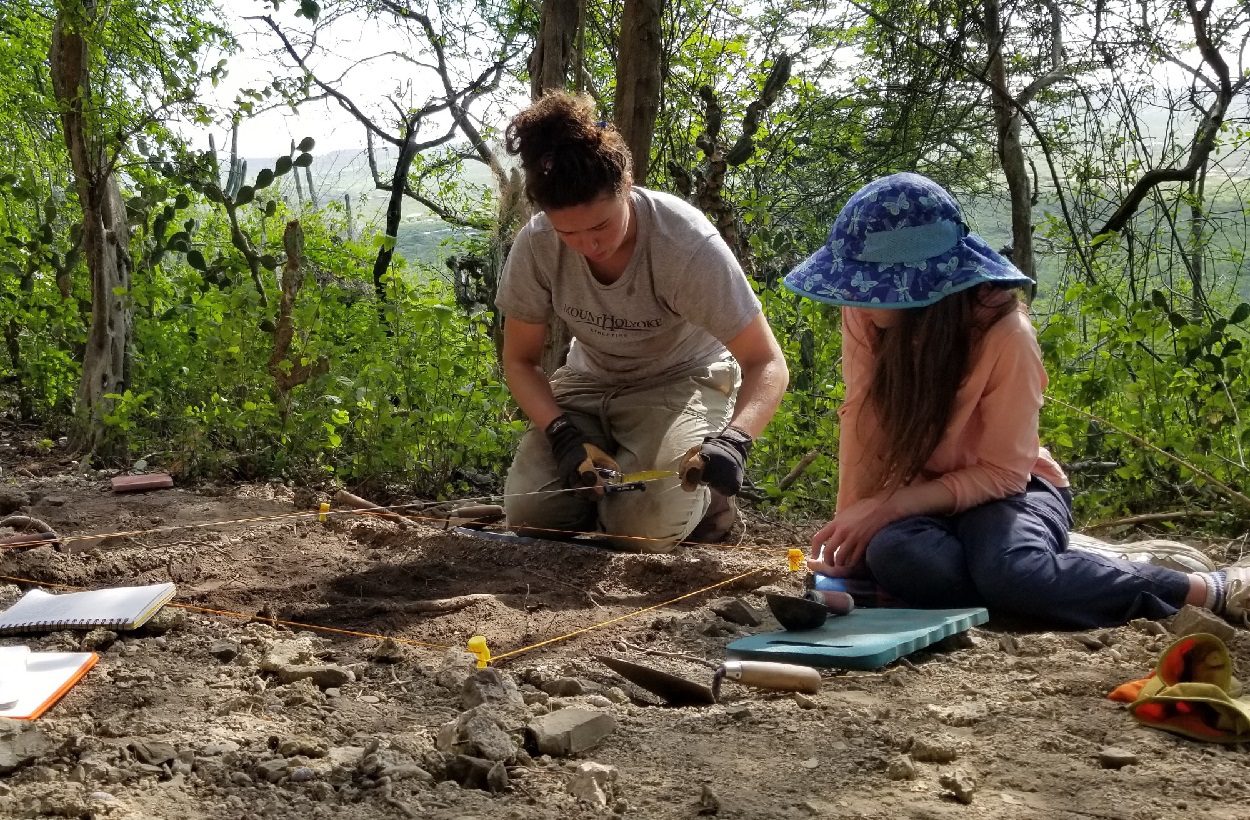A study co-led by Simon Fraser University and the National Archaeological Anthropological Memory Management (NAAM has re-written the history of Curaçao by extending the earliest known human settlement by centuries.
Curaçao is an island and constituent country of the Kingdom of the Netherlands in the southern Caribbean Sea and Dutch Caribbean region.
The first inhabitants of the island were the Arawak and Caquetio Amerindians, whose ancestors likely migrated from the mainland of South America.
The first Europeans to the Island were members of a Spanish expedition led by Alonso de Ojeda in 1499. Most of the native islanders were enslaved to work as labour in the Spanish colony on Hispaniola, with all the remainder islanders transported as slaves in 1515.
In a recent study, published in the Journal of Coastal and Island Archaeology, archaeologists have determined that Curaçao was first settled as far back as 5735 to 5600 cal BP, up to 850 years earlier than previously thought.
The revised timeline was established through radiocarbon dating of charcoal found at an Archaic period site situated at Saliña Sint Marie.
Christina Giovas, an associate professor in SFU’s Department of Archaeology, said: “What this new information does is push the initial exploration in this region back to a time where other islands to the north of Curaçao are also being settled. This suggests that the movement of people from the continental mainland into those more northern islands might have entangled with some of the movement of the people into Curaçao.”
According to a press statement by SFU: “The team plans to return to Curaçao again in 2025 as part of another SFU international field school to dive deeper into how humans have transformed the island throughout time, and the lessons we can learn for future conservation efforts.”
Header Image Credit : Christina Giovas
Sources : Simon Fraser University – Radiocarbon dates from Curaçao’s oldest Archaic site extend earliest island settlement to ca. 5700 cal BP. https://doi.org/10.1080/15564894.2024.2321575







